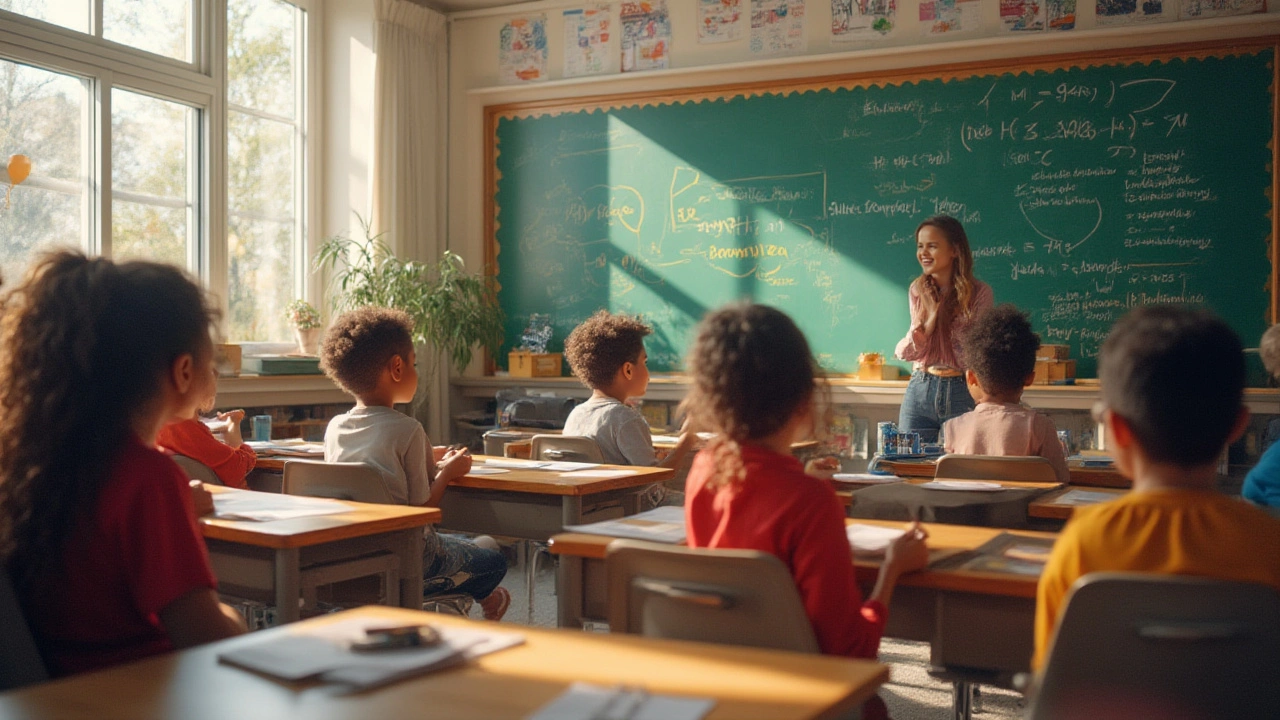Education Trends Shaping High School Life Right Now
High school isn’t what it used to be. New tech tools, a focus on mental health, and fresh teaching styles are changing the way teens learn and live. One day students are in regular classrooms, the next they're juggling virtual assignments or joining clubs teaching real-world skills. It’s clear: education trends keep schools buzzing with change.
Walk into any modern high school, and you’ll see more laptops than textbooks. Digital learning isn’t extra anymore—it’s the backbone. Teachers set up assignments online, track progress digitally, and even use apps to help with group work. But it’s not just about gadgets. Varied learning options are now the norm. Got a kid who learns best by building things? Hands-on projects and creative lessons have replaced a lot of the old memorization drills.
Social issues are front and center, too. Schools are running real conversations about mental health, inclusion, and respecting differences. Some even have trained counselors focused on stress, social pressure, and anxiety. Programs that teach students how to recognize and manage those feelings are popping up in a big way.
And then there’s the push for practical skills—think budgeting, job interviews, or building simple apps. Life after school is on everyone’s radar. Schools are bringing in workshops and career talks, preparing students for what’s next, not just for another test. More teens take classes in coding, public speaking, or critical thinking because these tools actually matter outside the classroom.
Budget concerns and overcrowding haven’t gone away. Some schools are stretched thin, trying to balance big student numbers with fewer teachers. Teachers adapt by getting creative—smaller, focused group discussions and flexible schedules help keep students engaged, even when resources are tight.
Then there’s the question of AP classes and workload. Stories are everywhere about students loading up on advanced courses—sometimes too many for their own good. Schools are starting to limit the number of APs kids can take or doubling down on guidance so students don’t burn out. Mental health gets real attention when it comes to school schedules and expectations.
Diversity and a sense of belonging are major, too. Inclusion programs and clubs help students see themselves reflected in activities, leadership, and lesson plans. Some schools even design their curriculums around community issues, teaching kids to solve problems right on their own block.
Parents aren’t sitting on the sidelines either. Easy access to teachers through emails or apps makes real-time communication simple. Parent workshops about mental health, study habits, or tech safety are becoming normal, not unusual.
High school today is packed with changes, and students have to learn, adapt, and keep moving. Schools are focusing on making sure teens have the right support—academically, socially, and emotionally—to handle whatever comes next.

Explore which subject truly captures high schoolers' hearts. Dive into what makes subjects like math, English, and science so popular, plus tips for students.
- Read More